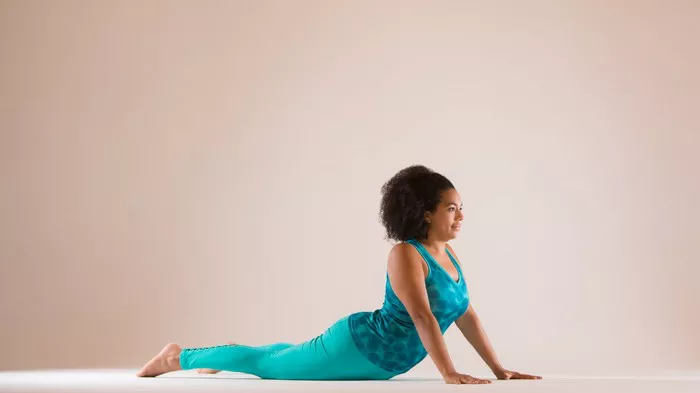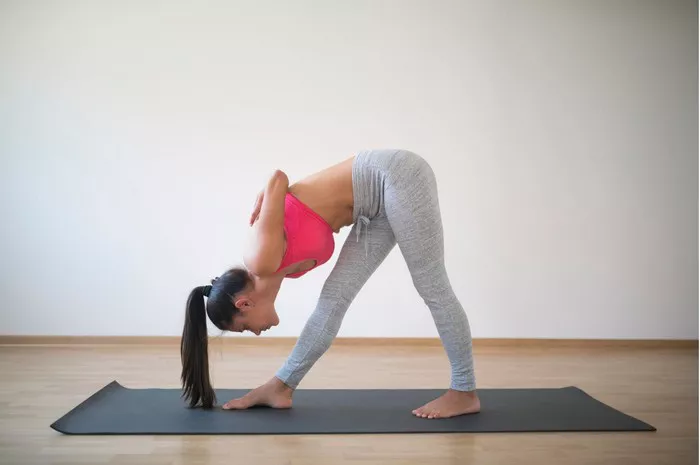Bikram Yoga is a distinctive style of yoga that involves performing a series of 26 postures and 2 breathing exercises in a room heated to around 105°F (40°C). This combination of heat, deep stretching, and strengthening poses is designed to challenge both the body and the mind, providing a comprehensive workout that improves flexibility, strength, and overall health. But as with any fitness practice, one of the common questions for those new to Bikram Yoga is: How many times a week should I practice to see the best results?
The answer to this question is not straightforward because it depends on various factors, including your fitness goals, level of experience, current physical condition, and recovery abilities. In this article, we will explore these factors in detail, providing you with guidance on how to determine the ideal frequency of your Bikram Yoga practice.
Understanding Bikram Yoga: An Overview
Before diving into the frequency of Bikram Yoga practice, let’s take a moment to understand what makes this style of yoga unique. Bikram Yoga was developed by Bikram Choudhury in the 1970s and is characterized by a series of 26 postures, also known as asanas, and two breathing exercises (Pranayama). The practice is performed in a room heated to around 105°F (40°C) with a humidity level of 40%. The heat plays a key role in enhancing flexibility, preventing injury, and allowing muscles to stretch more deeply.
The series includes both standing and seated postures, with a focus on balancing strength and flexibility. It also aims to detoxify the body through sweat and improve cardiovascular health by increasing heart rate. The breathing exercises help in improving lung capacity and promoting mental focus.
Factors to Consider Before Determining Frequency
When deciding how many times a week you should practice Bikram Yoga, it is important to consider several factors that will influence your decision:
1. Fitness Goals
Your goals will play a significant role in determining how often you should practice Bikram Yoga. Different goals require different approaches:
For Weight Loss and Detoxification: If your primary goal is weight loss, regular practice is recommended. Bikram Yoga can help burn calories and promote fat loss due to its intensity, combined with the heat. Practicing 3 to 5 times a week may be ideal to achieve significant results in terms of weight loss and detoxification.
For Flexibility and Strength: If your aim is to improve flexibility, strength, or posture, practicing Bikram Yoga 2 to 4 times per week might be sufficient. Consistency is important, but you may not need to practice every day to see improvements in these areas.
For Mental Clarity and Stress Reduction: Bikram Yoga can also serve as a powerful tool for reducing stress and enhancing mental clarity. If mental well-being is your primary focus, 2 to 3 times a week may be enough, allowing you to maintain a balance between physical and mental benefits.
2. Level of Experience
Your experience level with Bikram Yoga is another crucial factor. Whether you are a beginner or a seasoned practitioner, your body’s needs and recovery time will vary.
Beginners: If you are new to Bikram Yoga or yoga in general, it’s important to start slowly and listen to your body. Overloading yourself with frequent classes could lead to burnout, injury, or excessive muscle soreness. For beginners, practicing 2 to 3 times per week is often sufficient to build endurance and gain familiarity with the poses.
Intermediate Practitioners: Once you are comfortable with the 26 postures and the overall structure of the class, you can gradually increase the frequency. Practicing 3 to 4 times per week can help improve technique, deepen your flexibility, and build strength.
Advanced Practitioners: For advanced practitioners, it is not uncommon to practice Bikram Yoga 5 to 6 times a week. Advanced practitioners usually have a deep understanding of the postures, so they may be able to handle the physical demands of more frequent practice while still achieving continuous improvement.
3. Physical Condition
Your current physical condition plays an essential role in determining how often you can safely practice Bikram Yoga. If you have any pre-existing health conditions, injuries, or are recovering from surgery, it’s best to consult with a healthcare professional before committing to regular Bikram Yoga sessions.
For Individuals with Injuries: If you have injuries, particularly joint, back, or muscle issues, Bikram Yoga’s intense heat may initially put strain on the body. In such cases, it is advisable to start with 1 to 2 sessions per week, gradually increasing frequency as your body adapts.
For Those in Good Physical Condition: If you are already physically fit, you may be able to handle more frequent classes. However, even for fit individuals, it is important to allow for proper recovery between sessions to avoid overtraining and fatigue.
4. Rest and Recovery
Rest is a critical aspect of any fitness routine, and Bikram Yoga is no exception. The intense heat and the challenging postures can be taxing on your muscles, especially in the beginning. It’s crucial to listen to your body and allow sufficient recovery time between sessions. Practicing Bikram Yoga every day is not necessary and may even lead to burnout or increased risk of injury if you do not allow for rest.
Most practitioners benefit from incorporating at least one or two rest days into their weekly schedule to allow their body to recover. On rest days, you might engage in gentler forms of yoga, such as Hatha or restorative yoga, to maintain flexibility without overloading the body.
How Many Sessions a Week Is Ideal?
While the ideal frequency of Bikram Yoga practice depends on various personal factors, here are some general guidelines to consider:
Beginner (0-6 months): If you’re new to Bikram Yoga, 2 to 3 classes per week is a good starting point. This frequency allows your body to adapt to the heat and intensity of the practice, while giving you enough time to learn the postures and avoid overexertion.
Intermediate (6 months – 2 years): If you’ve been practicing for some time and are comfortable with the sequence of poses, 3 to 4 classes per week can help you deepen your practice and improve flexibility, strength, and stamina.
Advanced (2+ years): Advanced practitioners who have mastered the postures and have built up strength and flexibility may practice Bikram Yoga 5 to 6 times a week. However, it’s important to be mindful of your body’s needs and ensure you are taking appropriate rest days to avoid overuse injuries.
Can You Practice Bikram Yoga Every Day?
While it is technically possible to practice Bikram Yoga every day, it is not always recommended. Bikram Yoga places a significant strain on the muscles and joints, and daily practice may lead to fatigue, dehydration, and muscle strain if not managed properly. It is crucial to listen to your body and avoid pushing beyond your limits.
If you choose to practice every day, consider mixing in different types of yoga or other forms of exercise to give your body a well-rounded workout while allowing specific muscle groups to recover. For example, you could alternate between Bikram Yoga and restorative yoga, Pilates, or swimming.
Signs That You Are Practicing Too Often
If you find yourself practicing Bikram Yoga too frequently, your body will likely give you signs that it is not getting enough rest. Some warning signs that you might be overdoing it include:
Chronic Fatigue: Feeling drained or constantly tired after class, even if you’re getting enough sleep, may indicate that your body is not recovering properly.
Frequent Soreness: Mild soreness is normal after a tough class, but if you’re constantly sore or experience joint pain, it may be a sign that you need more rest.
Dehydration: The intense heat in Bikram Yoga can lead to dehydration if you’re not properly replenishing fluids. Signs of dehydration include dry mouth, dizziness, headaches, and dark-colored urine.
Mental Fatigue: Yoga is also about mental clarity. If you’re feeling mentally drained or unmotivated, it could mean that your practice is becoming a chore rather than a rejuvenating experience.
Conclusion
Determining how many times a week you should do Bikram Yoga is highly individual and depends on your goals, experience, physical condition, and recovery ability. For beginners, practicing 2 to 3 times a week is usually sufficient, while intermediate and advanced practitioners may benefit from 3 to 6 sessions per week. However, it is important to listen to your body, incorporate rest days, and make adjustments based on how you feel both physically and mentally.
Remember, yoga is not just about pushing yourself to the limit, but about finding balance, harmony, and mindfulness. Regardless of the frequency, consistent practice, along with proper hydration, rest, and mindfulness, will allow you to enjoy the many physical, mental, and emotional benefits that Bikram Yoga has to offer.
Related Topics:

















